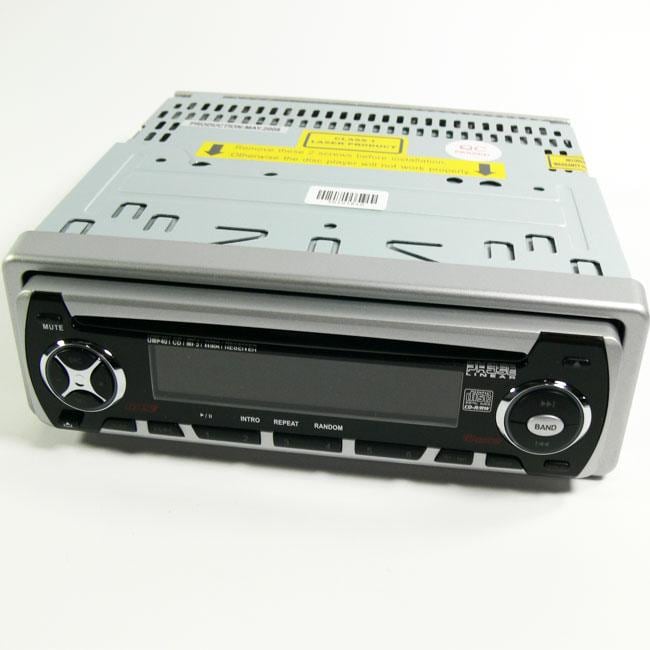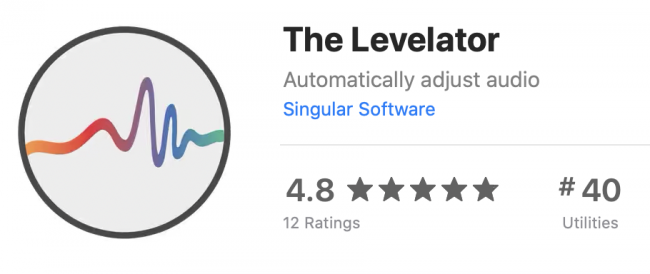
- Out of phase stereo levelator update#
- Out of phase stereo levelator plus#
- Out of phase stereo levelator series#
Out of phase stereo levelator series#
If you want to remove the massive amount of phase shift, you'll want to find different topologies of filters that don't require you chaining 6 in series each additively increasing your total phase delay. If you were an audiophile trying to make a really nice sound system, then this wouldn't be the way to go, otherwise, this will likely work fine. It should only moderately distort your music. The distortion may be less noticable because it's at the low spectrum. This is going to cause relative distortion between different frequencies of the music you play because your higher frequencies will be going through a different filter will likely less phase shift. You've got it 800 degrees out of phase even at 100Hz where your amplitude is at 0 db. This is a picture of plotted group delay vs frequency.

But I would like it to "sound" reasonably well, so will the phase shift cause distortions or anything like that?ĩHz to 500Hz area, their attenuation levels are ~30dB.ġ00Hz to 500Hz area zoomed into 0dB to -30dB attenuation level. Note that I am building this for learning purposes and the output doesnt have to be/wont be really clean or anything like that. I am wondering what is the importance of phase shift in such amplifiers? Can I just ignore it or should I compensate for it? How would I go about compensating the phase shift? The frequency response of the circuit looks good, but there is -100 to -1300° phase shift. Upper three op-amps are configured as high-pass and lower three as low pass active filters. I firstly feed that sigal through a band-pass filter with corner frequencies at about 20Hz and 200Hz. The audio source is a car radio with 1V p-p signal.
Out of phase stereo levelator update#
V1.0.1 update (24.02.I've just begun building a bass (20-200Hz) class D amplifier and already ran into some problems. Make your mix bold, wide, and solid to the CORE! We thank you for your interest and support. At 200%, the signal is delayed up to 35 ms on one side, producing an ultra-wide pseudo stereo effect to an otherwise mono signal.ĬORE is conveniently available for Reason versions 9.5 and higher.
Out of phase stereo levelator plus#
Decreasing the global width narrows the stereo spread, whereas, in some cases, widening the Stereo spread to 200% is ideal for pads, pianos, hi-hats, and background-vocals, plus more.Ĭore’s global width knob becomes a HAAS effect when the LSR toggle switch is set to either left or right mono position. On the right, Core’s large global width knob allows you to control the spread of the stereo field when the LSR Toggle Switch is set to the “S” center position for Stereo.

On the left and right side of CORE’s glass display are standard and independent Gain Knobs, Pan Knobs and Invert Phase Switches to help remedy phasing and stereo imaging issues. To the right of the pan knob is CORE’s input source toggle switch that simply flips the input channel signal from left to right or right to left, often producing pleasant and unintended results.

The iconic large global pan knob on the left controls the panoramic placement of the main input signal. An ideal stereo mix will produce an oval shape that is regularly tall and narrow. If left untreated, certain sounds will get quieter or entirely canceled when an out of phase stereo signal is summed into a mono signal.Īt the heart of CORE, is a large color-changeable audio goniometer to analyze the phase and stereo image of individual mix channels, group busses, or the master bus. At the top, is CORE’s wide and ultra-precise Phase Correlation Meter for detecting out-of-phase signals to show any reduced degree of mono compatibility in your mix.


 0 kommentar(er)
0 kommentar(er)
